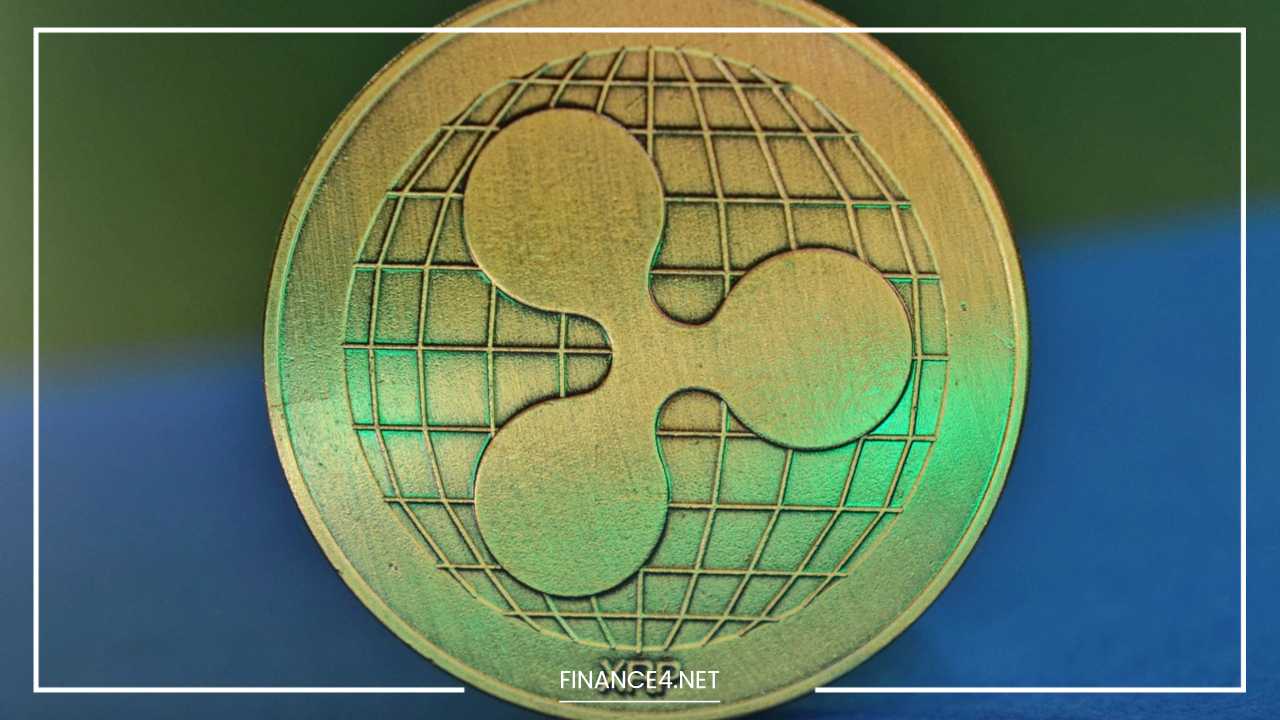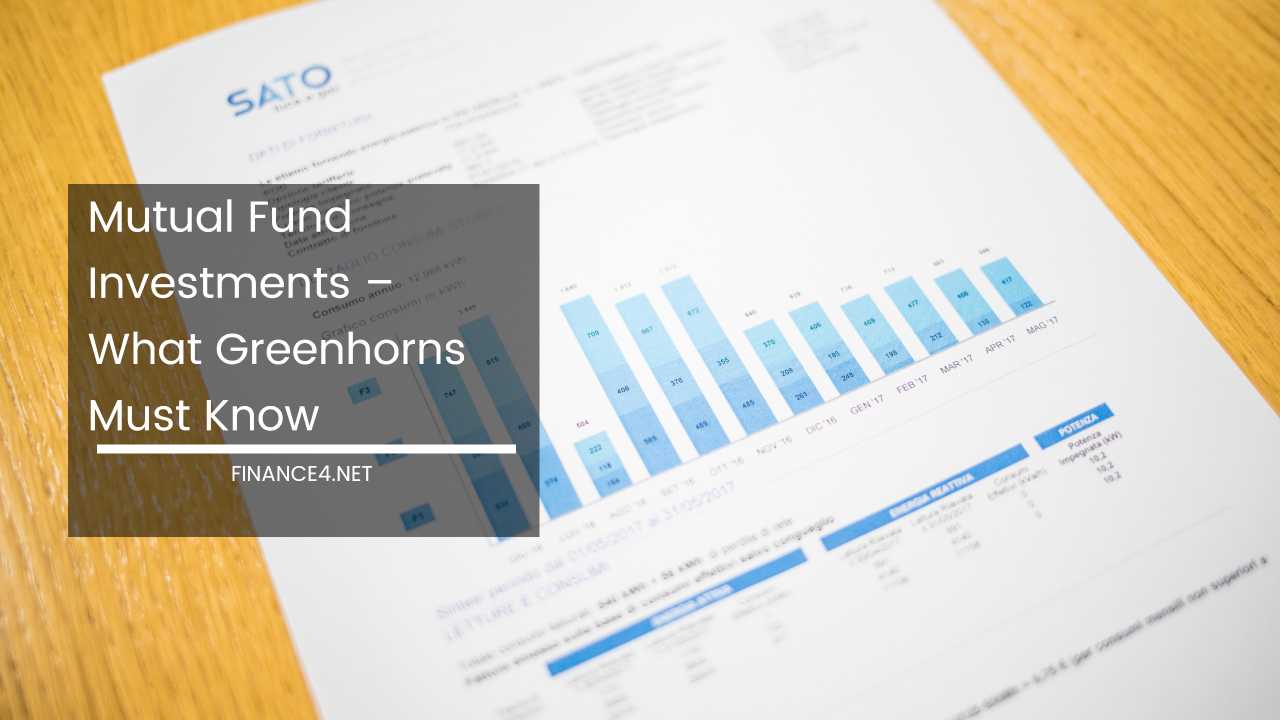What Is XRP?

What Is XRP
XRP: A Deep Dive into the Cryptocurrency
XRP is one of the most intriguing and debated cryptocurrencies in the financial technology landscape. As the native token of the XRP Ledger, it was developed by Ripple Labs with a vision of transforming the traditional financial system.
Ripple Labs sought to create a digital asset capable of facilitating fast, efficient, and cost-effective cross-border payments.
This comprehensive analysis will explore the intricacies of XRP, including its underlying technology, key features, operational mechanisms, role in the financial industry, challenges, and future outlook.
Understanding XRP
XRP emerged from Ripple Labs, a technology company founded in 2012 by Chris Larsen and Jed McCaleb. The primary goal of Ripple Labs was to address the inefficiencies and high costs associated with international money transfers.
Ripple Labs envisioned XRP as a bridge currency that would enhance the speed and reduce the cost of cross-border transactions.
Unlike many cryptocurrencies born out of grassroots movements or community-driven projects, XRP was created with specific commercial and technological objectives in mind.
Ripple Labs initially introduced XRP as part of a broader vision to develop a decentralized financial ecosystem. XRP was designed to serve as a bridge currency, facilitating the conversion between different fiat currencies and digital assets.
This functionality aimed to address the limitations of traditional financial systems, which often involve multiple intermediaries and lengthy processing times.
The XRP Ledger
The XRP Ledger is the backbone of XRP, representing a sophisticated implementation of distributed ledger technology (DLT).
Unlike traditional financial systems that rely on centralized institutions and intermediaries, the XRP Ledger operates on a decentralized network of computers known as nodes. These nodes work together to maintain a public record of transactions, ensuring transparency and security.
The XRP Ledger uses a consensus algorithm known as the Unique Node List (UNL) to validate and order transactions.
This algorithm differs from the proof-of-work or proof-of-stake mechanisms used by many other cryptocurrencies. Instead of relying on computational power or staking assets, the UNL consensus protocol relies on a selected set of trusted nodes to validate transactions. This approach aims to achieve consensus quickly and efficiently, allowing for rapid transaction processing.
One of the key advantages of the XRP Ledger is its ability to handle a high volume of transactions. The ledger is designed to process thousands of transactions per second (TPS), making it highly efficient compared to many blockchain networks.
This scalability is crucial for supporting large-scale financial operations and ensuring that the network remains responsive even during periods of high demand.
Key Features of XRP
- Speed: One of XRP’s most notable features is its speed. Transactions on the XRP Ledger are processed within seconds, in stark contrast to the days or even weeks required for traditional bank transfers. This rapid transaction speed is achieved through the consensus mechanism employed by the XRP Ledger, which allows for quick validation and settlement of transactions.
- Efficiency: The XRP Ledger’s efficiency is a result of its high throughput capabilities. With the ability to handle thousands of transactions per second, the XRP Ledger is well-suited for high-volume financial operations. This efficiency is a critical factor for institutions and businesses that require swift and reliable transaction processing.
- Scalability: Scalability is a key consideration for any financial technology, and the XRP Ledger is designed to scale with increasing demand. As the number of users and transactions grows, the XRP Ledger can accommodate this growth without compromising performance. This scalability ensures that the network can adapt to the evolving needs of the global financial system.
- Cost-Effectiveness: XRP transactions are typically much cheaper than traditional bank transfers. This cost-effectiveness is attributed to the elimination of intermediaries and associated fees. By reducing transaction costs, XRP offers an attractive alternative for individuals and businesses seeking more economical ways to transfer funds.
- Liquidity: XRP’s liquidity is another important feature. As a bridge currency, XRP facilitates the conversion between different fiat currencies and digital assets, enhancing liquidity in the financial markets. This liquidity can be particularly beneficial for institutions involved in foreign exchange and other financial transactions.
How XRP Works
Understanding how XRP operates involves delving into its creation, transaction processing, and consensus mechanisms:
- Creation: XRP is distinct from many other cryptocurrencies due to its pre-mined nature. All XRP tokens were created at once, with a total supply capped at 100 billion tokens. This pre-mined approach eliminates the need for mining activities, which are common in other cryptocurrencies. Instead, XRP’s supply is managed through a combination of initial distribution and periodic releases from Ripple Labs.
- Transactions: When a user initiates a transaction, they create a request to transfer XRP from one account to another. This transaction request is broadcast to the XRP Ledger network, where it is received by participating nodes. These nodes verify the transaction and ensure that it adheres to the network’s rules and protocols.
- Validation: Nodes play a crucial role in validating transactions on the XRP Ledger. They check that the sender has sufficient funds and that the transaction is not fraudulent. Once a transaction is deemed valid, it proceeds to the consensus phase.
- Consensus: The consensus process on the XRP Ledger involves the Unique Node List (UNL) algorithm. Unlike proof-of-work or proof-of-stake mechanisms, the UNL algorithm relies on a predefined list of trusted nodes to reach consensus on the order of transactions. This approach allows for quick and efficient validation, ensuring that transactions are added to the ledger in a timely manner.
- Settlement: Once consensus is reached, the transaction is settled and recorded on the XRP Ledger. The ledger’s distributed nature ensures that the transaction record is immutable and transparent, providing a reliable and tamper-proof history of all transactions.
XRP’s Role in the Financial Industry
XRP has the potential to bring about significant changes in various aspects of the financial industry:
- Cross-Border Payments: Traditional cross-border payments often involve multiple intermediaries, resulting in delays and high costs. XRP offers a solution by enabling direct transfers between parties. This efficiency is particularly valuable for businesses and financial institutions involved in international transactions, as it reduces processing times and transaction fees.
- Remittances: Remittances, which involve sending money from one country to another, can be costly and slow when processed through traditional methods. XRP provides a faster and more affordable alternative, potentially lowering the cost of remittances for individuals and improving the efficiency of these transactions.
- Financial Inclusion: XRP has the potential to promote financial inclusion by providing access to financial services for underserved populations. In regions with limited access to traditional banking infrastructure, XRP offers a means to participate in the global financial system, facilitating transactions and improving financial access.
- Trade Finance: The trade finance sector can benefit from XRP’s capabilities by streamlining processes such as issuing letters of credit and managing supply chains. By reducing transaction times and costs, XRP enhances the efficiency of trade finance operations and facilitates smoother international trade.
- Institutional Adoption: XRP has garnered interest from various financial institutions and payment providers. Ripple Labs has established partnerships with banks, payment service providers, and financial institutions to integrate XRP into their systems. This institutional adoption further validates XRP’s potential as a transformative financial technology.
Challenges and Controversies
Despite its innovative features and potential benefits, XRP faces several challenges and controversies:
- Legal Issues: Ripple Labs has been involved in legal battles with the U.S. Securities and Exchange Commission (SEC) regarding the regulatory status of XRP. The SEC has alleged that XRP is a security, which has significant implications for its classification and regulation. The outcome of these legal disputes will likely impact XRP’s future development and adoption.
- Centralization Concerns: Critics argue that XRP’s network is not truly decentralized due to Ripple Labs’ substantial influence over the system. While the XRP Ledger operates on a decentralized network of nodes, Ripple Labs’ control over a significant portion of XRP’s supply and its involvement in the consensus process have raised concerns about centralization and potential conflicts of interest.
- Competition: XRP faces competition from other cryptocurrencies and financial technologies that also aim to disrupt traditional financial systems. Bitcoin, Ethereum, and other digital assets offer alternative solutions for financial transactions and blockchain technology. This competition presents both opportunities and challenges for XRP as it seeks to establish itself in the rapidly evolving cryptocurrency market.
- Regulatory Uncertainty: The regulatory environment for cryptocurrencies is still evolving, and the lack of clear regulations can create uncertainty for XRP and other digital assets. Changes in regulatory frameworks or government policies could impact XRP’s operations, market value, and overall adoption.
- Scalability and Performance: While the XRP Ledger is designed to be scalable and efficient, ongoing developments in blockchain technology and the emergence of new consensus mechanisms may challenge its position. Continued innovation and performance improvements will be crucial for maintaining XRP’s competitive edge.
Future Outlook
The future of XRP will be influenced by several factors, including regulatory developments, technological advancements, and market dynamics:
- Regulatory Developments: The resolution of legal and regulatory issues will be a key factor in XRP’s future. Ripple Labs’ ongoing legal battles with the SEC will likely shape the regulatory landscape for XRP and impact its adoption and integration into financial systems.
- Technological Advancements: Continued advancements in blockchain technology and the emergence of new consensus mechanisms may influence XRP’s development. Ripple Labs and the broader cryptocurrency community will need to stay abreast of technological trends and innovations to ensure XRP remains competitive.
- Market Adoption: The extent to which XRP is adopted by financial institutions, payment providers, and other market participants will impact its success. Institutional partnerships and real-world use cases will play a crucial role in driving XRP’s growth and integration into existing financial systems.
- Global Economic Trends: Global economic trends, including fluctuations in currency markets, trade policies, and economic conditions, will also influence XRP’s performance. As a bridge currency and financial technology, XRP’s value and adoption may be affected by broader economic developments.
- Community and Ecosystem: The support of the XRP community and the broader cryptocurrency ecosystem will be important for XRP’s future. Community engagement, developer activity, and ecosystem growth will contribute to XRP’s overall success and sustainability.
Final Thoughts
XRP is a cryptocurrency with the potential to drive significant change in the financial industry. Its speed, efficiency, and cost-effectiveness position it as a powerful tool for enhancing cross-border payments, remittances, and financial inclusion.
The XRP Ledger’s design enables rapid transaction processing and scalability, addressing key limitations of traditional financial systems.
However, XRP’s future is not without uncertainties. Ongoing legal challenges, concerns about centralization, and competition from other cryptocurrencies present potential obstacles.
The path forward for XRP will depend on the resolution of these challenges, as well as its ability to adapt to evolving regulatory, technological, and market dynamics.
In summary, XRP represents a significant advancement in financial technology with the potential to revolutionize global financial systems. Its innovative features and use cases highlight its role in improving cross-border payments and financial access.
Yet, the future of XRP will be shaped by its ability to navigate legal and regulatory complexities, address centralization concerns, and effectively compete in the rapidly changing cryptocurrency landscape.
As Ripple Labs and the broader cryptocurrency community continue to develop and refine XRP, its impact on the financial industry will become increasingly evident.



